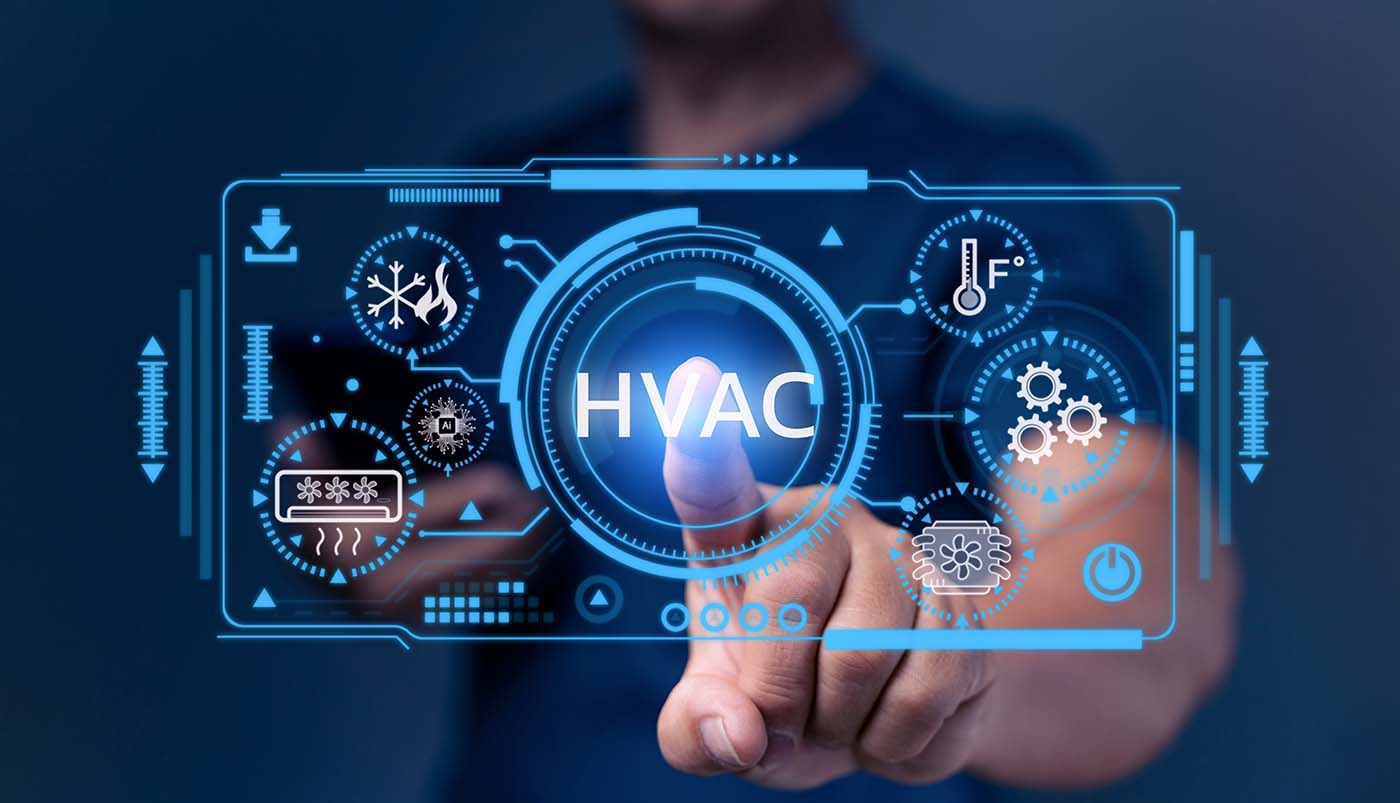In today’s fast-paced world, the integration of technology with conventional systems is transforming industries. Among these, the Heating, Ventilation, and Air Conditioning (HVAC) sector stands out. The interpretation of HVAC error codes has historically been a challenge, but with the advent of AI, these challenges are being addressed with newfound efficiency.
The concept of HVAC error code interpretation with AI is gaining traction, especially among Industry QA Professionals who are always on the lookout for innovative solutions to improve system reliability and efficiency. This article delves deep into how AI is changing the landscape of HVAC diagnostics.

Understanding HVAC Error Codes
HVAC systems have numerous error codes that indicate various malfunctions or issues. Traditionally, these codes required expert interpretation, often leading to prolonged downtime and increased maintenance costs.
The Complexity of Traditional Error Codes
Error codes in HVAC systems are not always straightforward. They can range from simple issues like a clogged filter to more complex problems like compressor failures. The complexity often requires experienced technicians for accurate diagnosis.
The Role of AI in Error Code Interpretation
With AI, the interpretation of these error codes becomes significantly more efficient. AI systems can quickly analyze and interpret these codes, providing accurate diagnostics in real-time. This not only reduces downtime but also improves overall system efficiency.
How AI Analyzes Error Codes
AI algorithms are designed to process large volumes of data. In the context of HVAC systems, AI can analyze historical data, recognize patterns, and predict potential issues before they become critical. This predictive capability is invaluable for proactive maintenance strategies.
Benefits of AI in HVAC Systems
Improved Accuracy and Efficiency
AI systems provide accurate interpretations of error codes, minimizing human error and expediting the diagnostic process. This leads to faster resolutions and improved system uptime.
Cost Savings
By reducing the need for manual diagnostics and decreasing downtime, AI solutions result in significant cost savings for businesses. The ability to predict issues before they arise also means fewer emergency repairs and replacements.
Enhanced System Performance
AI-driven diagnostics ensure that HVAC systems operate at peak performance levels. By continuously monitoring system health and addressing issues promptly, AI helps maintain optimal indoor climates.
Real-World Applications of AI in HVAC
Many organizations are already reaping the benefits of AI-integrated HVAC systems. For instance, AI is being used to enhance indoor air quality monitoring, allowing for better control over environmental conditions.
AI in Predictive Maintenance
Predictive maintenance is one of the most significant advantages of AI in HVAC systems. By analyzing data trends, AI can predict when a system is likely to fail, allowing for timely interventions. Learn more about how AI is used in predicting HVAC breakdowns.
Challenges in Implementing AI in HVAC
While the benefits are evident, integrating AI into HVAC systems is not without challenges. These include the initial cost of implementation, the need for skilled personnel to manage AI systems, and data security concerns.
Overcoming Implementation Barriers
To overcome these challenges, companies must invest in training programs for their workforce and ensure robust cybersecurity measures are in place.
The Future of AI in HVAC
The future of HVAC systems with AI integration looks promising. As technology advances, we can expect even more sophisticated AI solutions that further enhance system diagnostics and performance.
Potential Developments
Future developments may include AI systems that not only interpret error codes but also autonomously make adjustments to optimize system performance. Explore more about AI-enabled HVAC system optimization.
Conclusion
The integration of AI in HVAC systems is transforming the way we interpret error codes and maintain system efficiency. As this technology continues to evolve, it holds the promise of more reliable, cost-effective, and environmentally friendly HVAC solutions.

FAQs
What is the primary advantage of using AI for HVAC error codes?
AI provides accurate and real-time diagnostics, reducing downtime and maintenance costs.
How does AI improve HVAC system performance?
By continuously monitoring and analyzing data, AI ensures that HVAC systems operate at optimal levels.
Are there any challenges in implementing AI in HVAC systems?
Yes, challenges include the initial cost of implementation and the need for skilled personnel to manage AI systems.
For a deeper understanding of how AI is revolutionizing HVAC systems, you can refer to this scientific article.
This article contains affiliate links. We may earn a commission at no extra cost to you.
